Corn - a culture that is familiar to many dachensons. The first it began to use and grow the Indians of South and Central America. In Europe, this culture fell much later, namely, in the 19th century. To date, it is cultivated in 50-60 countries of the world. In particular, this annual plant is grown in the USA, China, Argentina, Romania, Bulgaria, Hungary, as well as in Russia. Today, this culture is used in many major national cuisines in the world, and in particular, in Russian cuisine. It can be grown not only in the southern regions of the country, but also in Siberia. On the peculiarities of planting this plant in the conditions of a harsh cold climate - let's tell later.
Corn: Plant Description
Before you get acquainted with how to grow corn in Siberia at the cottage, consider the features of this culture. Thus, this plant has the following distinctive features:
- This culture is planted and grown only in the fields and summer cottages, as it is practically not cultivated by self-sowing today.
- This plant is pollinated cross.
- Rhizome culture is quite powerful and long. Its length reaches 120-150 cm. In addition, the root rod has many branches through which the plant gets oxygen necessary for its growth and development.
- Stems in culture straight, smooth and high. In length, they reach 4-5 m. There are also low-grade plants, the length of the stem from which does not exceed 50 cm.
- The inflorescences of this plant have the shape of the spike.
- The mass of Kochana Corn can vary from 30 to 450.
- Corn is a fairly useful culture. Its composition has such required vitamins as A, E, PP and Group B. In addition, there are important amino acids - tryptophan and lysine.
- The fruits of culture contain quite a lot of useful dietary fiber and such important trace elements such as silicon and iron. Thanks to this composition, corn helps to remove harmful toxins and radionuclides from the human body. In addition, the fiber helps purify the intestines from various decay products.
- It is believed that it is best to store the fruits of culture at temperatures from -4 to +5 degrees Celsius. In this case, air humidity should be from 60 to 65%. Otherwise, at home in the kochanov, corn can be laid mites and insect larva.
Corn grades for Siberia
The climate of Siberia differs from the climatic conditions of the middle strip by the lack of a long warm and light summer. The continental climate is tougher, with a sharp change of weather. And, as you know, corn is a thermo-loving plant, whose sprouts die already with small frosts. That is why you need to know which corn is planted in Siberia.
For this climate, varieties are needed, which are more racks for weather changes, cold air and will be able to contemplate in a relatively short time:
- Gourmet 121. This plant is a hybridoma, well adapted for the conditions of Siberia. From the moment of landing before harvesting, only two and a half months can pass. The plant of this hybrid is not very high, but quite powerful, which allows you to withstand strong winds. Cathericles grow small. Their length rarely exceeds 15 cm. The grains in the fruits of this variety are pretty small, mostly yellow.
- Spirit. This corn grades for Siberia can be seated in open ground. It is one of the most persistent environmental change. The first crop plant can give after 2 months of growth. Unlike the previous hybrid, the spirit grows quite high. Plant height can reach 1.7 meters. His cobs are large and long, filled with yellow grains. Corn this variety is characterized by excellent taste. Its grains are sweet and juicy, so that they are very often used in boiled form.
- Khutoroyanka. Another resistant to harsh Siberian conditions variety. His plants are early. Catherine small with orange grains. Have excellent taste.
- Jubili. High grade whose plants are in a height of almost 2 meters. Differs in high yield and rather large cobs.
- Epic. The average grade with plants height up to 1.5 meters, but very large cobs. Its grains, mostly, are orange and differ in very pleasant taste.
These plants are very well suited for the Siberian climate. Naturally, other varieties can be attached, but their yield will be rather low, and the risk of crop loss is high.
Selection of a site for growing corn in Siberia
Corn is one of the few agricultural crops, which is very arrogant to the selection of space for sowing. For her, it is better to choose a smooth well-lit plot with fertile soil. The soil should be well water and breathable to provide oxygen access to roots and prevent the depreciation of moisture.
Preparatory activities and selection of the plot:
- Preparation of a plot for future sowing is carried out in the fall. Before the start of the cold, it is necessary to dwell well (approximately the depth of the bayonet shovel). This will allow not only to saturate the soil with oxygen, but also to frozen the roots of weeds. Neighborhood with the latter for corn can be destructive.
- Soil fertility is raised With the help of entering organic and mineral fertilizers. Their quantity should be quite high. So, on 1 m 2 5-6 kg of manure are brought, with the addition of peat, 1 tbsp. A spoonful of potash fertilizer and 2-3 tbsp. Spoons of superphosphate.
- Also to increase fertility The site can fall in the autumn of winter rye. After the latter seedlings, it is drunk, leaving germs in the ground, and in a few weeks they sow corn.
Planting corn to seedlings in Siberia
If large farms that grow corn as aft culture, do this from seeds, then personal farms for which it is used in culinary purposes is engaged in cultivation with seedlings. The second method is the most optimal for the harsh Siberian climate, since the plant enters the soil more faster. Yes, and seedlings require a shorter period to give a harvest than grain sowing. That is why the cultivation of corn from the seedlings is most often used in an individual economy and gives a higher harvest.
When to plant corn to seedlings in Siberia? It is necessary to start landing seeds in the middle of April. Then the seedling season will be ready for the beginning of the seeding season.
Planting order:
- For growing seedlings, ordinary pots or wooden boxes are needed. Drainage is embanked on their bottom. As the latter, you can use sunflower husks or eggshell. After the drainage is messenger, you can float the soil mixture. It is slightly sprayed with water, and plant the Corn grains 2 is planted at a distance of 4-5 cm one from the other, lowering them in about 4-5 cm.
- Before planting, corn seeds for Siberia should be disinfected in a weak payroll solution for 30-40 minutes.
- After that, the tank is covered with film and put in a warm place. After a week, shoots should appear in pots.
- After that, it is necessary to remove the film and move the containers with the seedl of the place with a large number of light for 4 weeks. This time is quite enough to form a strong root plant of the plant.
- Landing seedlings to open soil starts only when the threat of frosts occurs. For Siberia, this end of May is the beginning of June.
- The seedlings are preparing a shallow furrow, the distance between which should be 50-70 cm. A small amount of water is poured into them, and it is neat so as not to damage the roots, seedlings are planted.
- The distance between the plants should not be less than 25 cm. This is enough that the plants normally develop.
Corn in Siberia: Care
We looked at how to grow corn in Siberia, now get acquainted with the rules of care.
In order to get a normal harvest, the right care is needed. It consists in timely watering, the soil loaning around the plant, weeding weeds and feeding.
Care Activities:
- Corn needs timely and abundant irrigation. Its frequency depends on the amount of precipitation in the region. If the latter is not, then the plant should be watered at least 1 time per week.
- After irrigation, the plant must be dipped. In this case, the corn roots are necessarily covered by the Earth. Due to this, a rather high plant will become more resistant to the effects of strong winds.
- Over time growth, corn plants are subjected to steaming.
- Corn weeds do not like, so they must be constantly removed from the bed.
- Facing the plants spend three times over the entire period of vegetation. The first feeder is produced in the formation of 3-4 leaves on the plant. For these purposes, a faint solution of a cowboy is used (1: 8). When forming 6 leaves, the second feeder is carried out with a more concentrated solution (1: 6). The last feeder is carried out in the formation of characteristic inflorescences in the plant (blizzard). For these purposes, a solution of urea mixture, superphosphate and potash fertilizers are used (1 tbsp. A spoon on the water bucket).
Diseases and pests of corn in Siberia
With incorrect care, various diseases and pests can cause the loss of the whole crop. The most common diseases of corn are:
- Fusariosis. The disease is manifested both on the roots and leaves of plants and on the surface of the cereals. The leaves of corn sprouts when the disease appears are covered with brown colors and die quickly. With damage to fusariosis, they are covered with a white or pink splip with a full damage of grain. The disease is caused by mushrooms whose disputes are perfectly winter in the soil with residues of grain and quickly spread over the wind. To prevent the appearance and treatment of the disease, it is necessary to carry out the processing of grain material and soil by fungicides, as well as comply with the rules and timing of crop.
- Stem Rot. Amazes plants in regions with high humidity and lack of light, as well as heat. It is characterized by the advent of dark spots at the bottom of the stem. The fungus is very well stored in the soil and can lead to re-infection. Therefore, to prevent the disease, it is necessary to process the sowing material and the soil of fungicides and observe crop rotation.
From the pests the greatest harm to Cukuruse:
- Roothot. Activity exhibits mainly in hot weather. Amazes the fabrics of the plant, which leads to its degradation and death. Insecticides are used to combat tool.
- Corn Moth. The sign of the appearance of this pest is the yellowing of the leafy of the plants, after which the vein breaks down and the leaf is driving. To prevent the pest appearance, it is necessary to harrow the soil and processing insecticides.

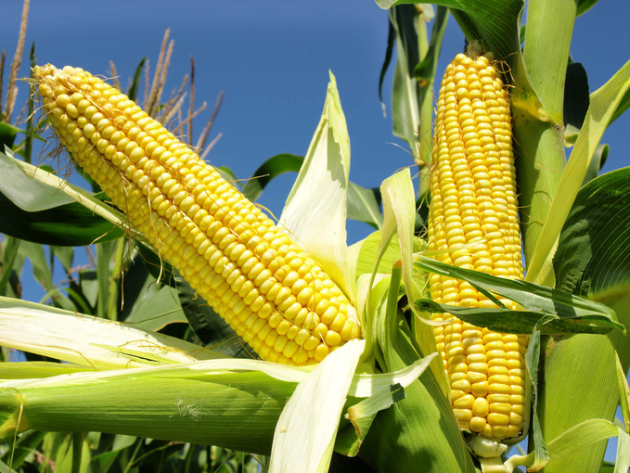
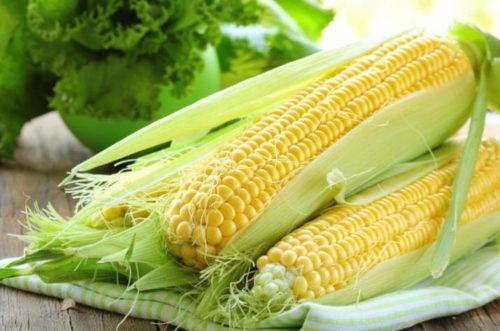
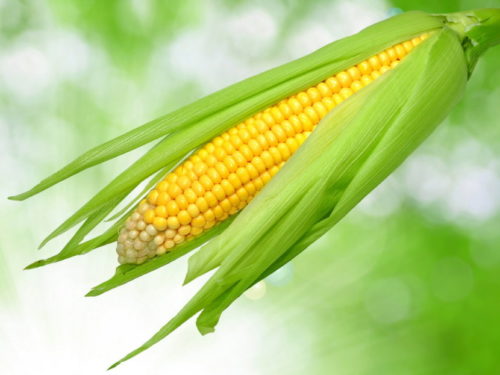
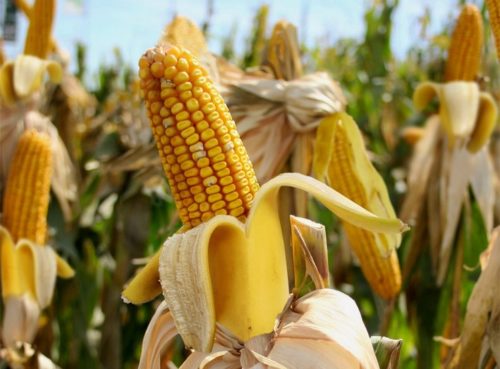
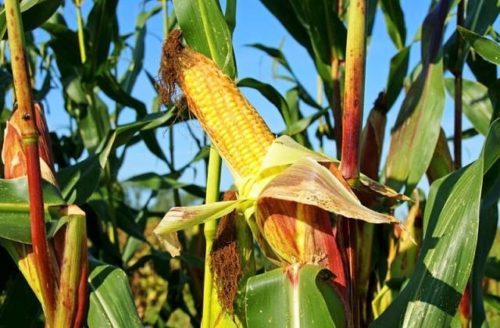
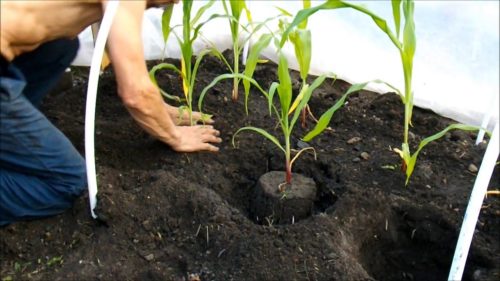
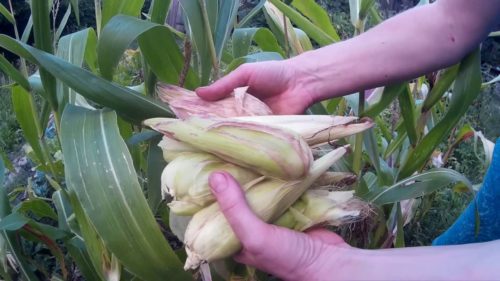
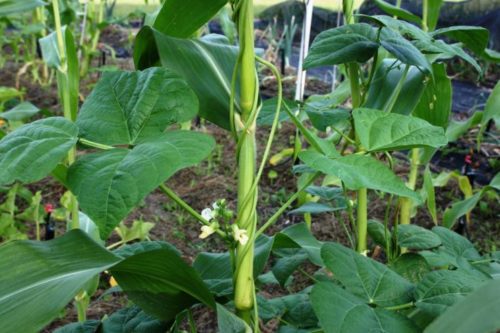
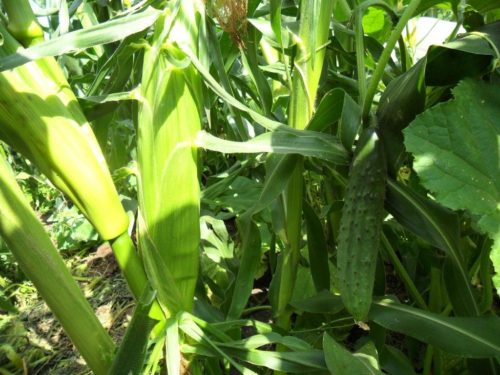
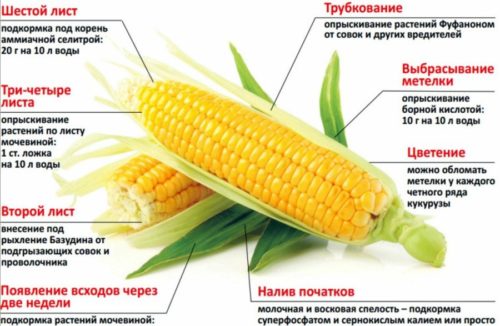
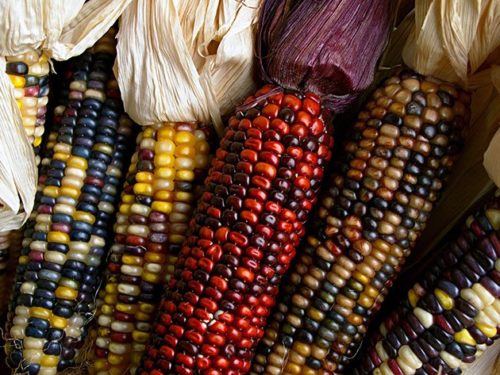













 Start a discussion ...
Start a discussion ...